

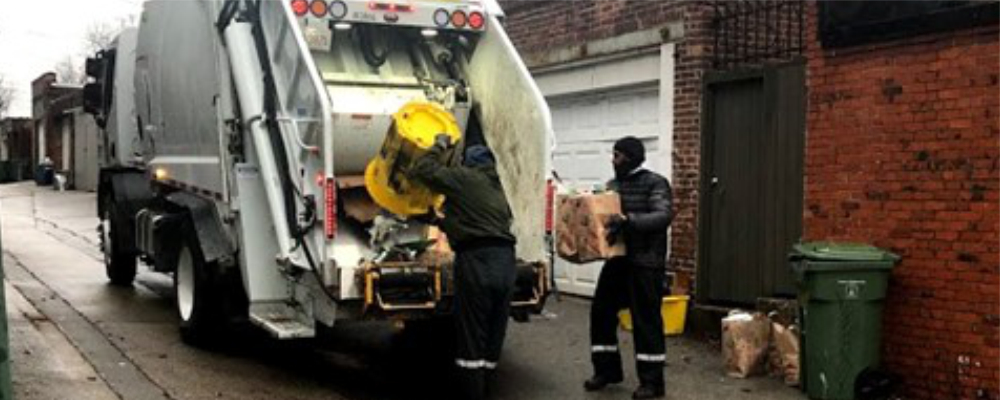
Step 2
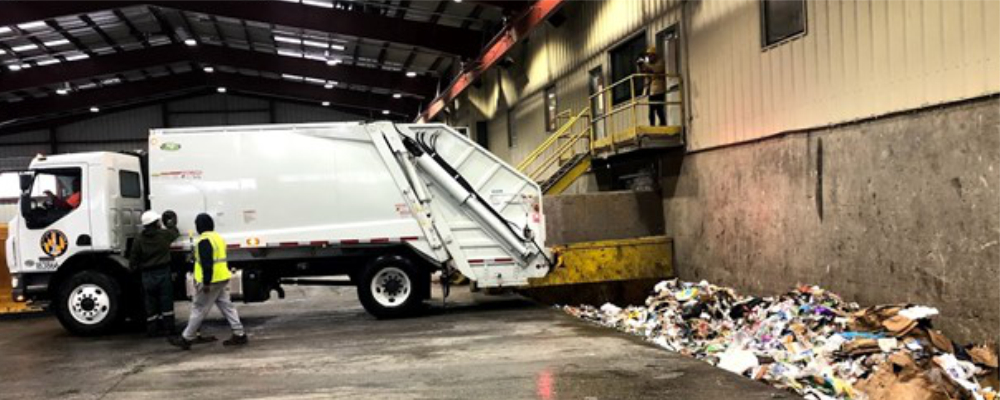
The collection crew prepares to empty the truck at the Northwest Transfer Station into one of three pits.
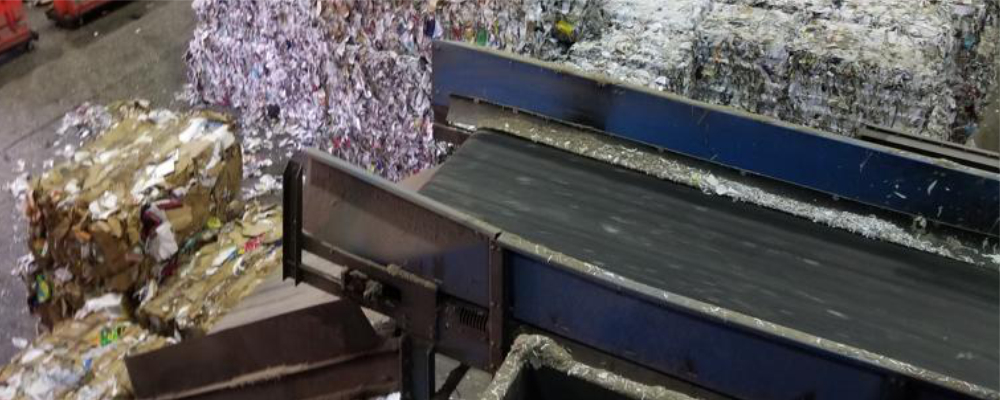
Materials are pushed out of the load packer into the pit.
Step 3
Once the recycling is loaded into a compacting trailer, it is transported to the Waste Management Recycle America Materials Recovery Facility, or MRF, in Elkridge, MD. The City of Baltimore contracts with Waste Management and with World Recycling to process the single-stream (all items are mixed together in the same container) recycling, collected by DPW. Once the recycling reaches this facility, contaminated items are removed and the materials are sorted by commodity (i.e., plastic, paper, or glass). These commodities are baled and prepared for transport to various vendors who turn the materials into new products.
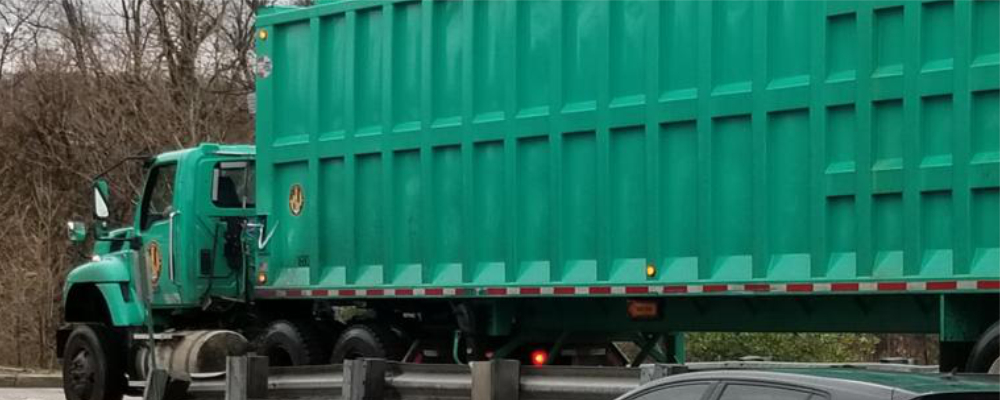
A compacting trailer waits in line at WMRA to unload recyclables onto the tipping floor.
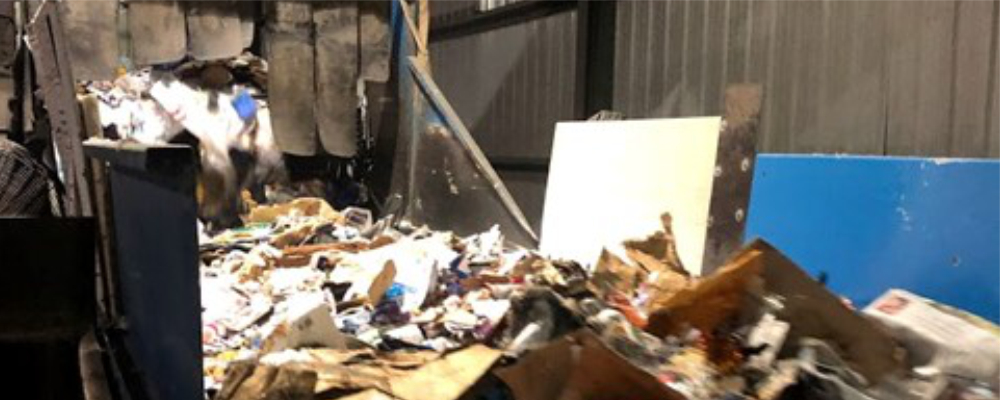
Materials enter the sorting facility. The first group of employees works to remove large contaminants that may damage equipment or disrupt operations. This includes propane tanks, electronics, and materials in plastic bags.
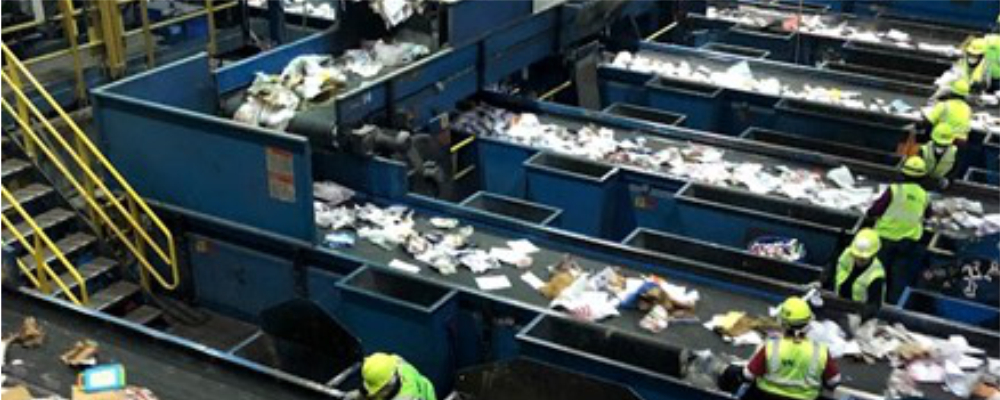
Machines and people work to sort commodities and continue to remove contaminants such as plastic bags and film.
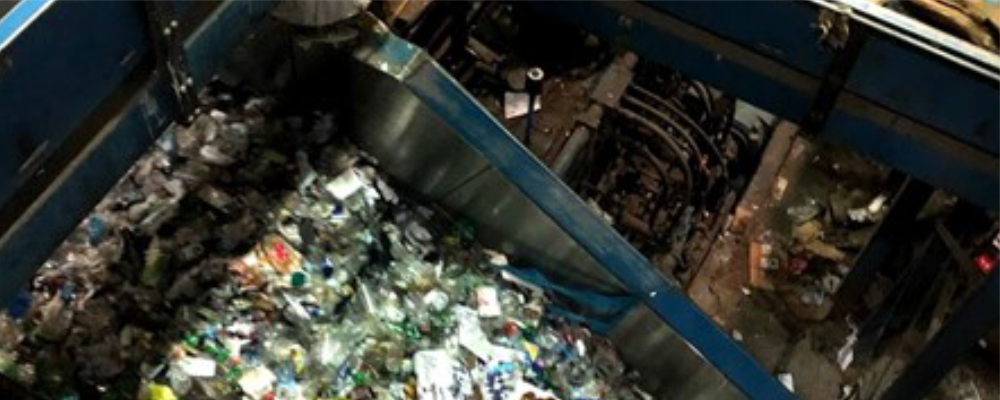
Plastic bottles that have been sorted travel to be baled before being transported to a buyer.
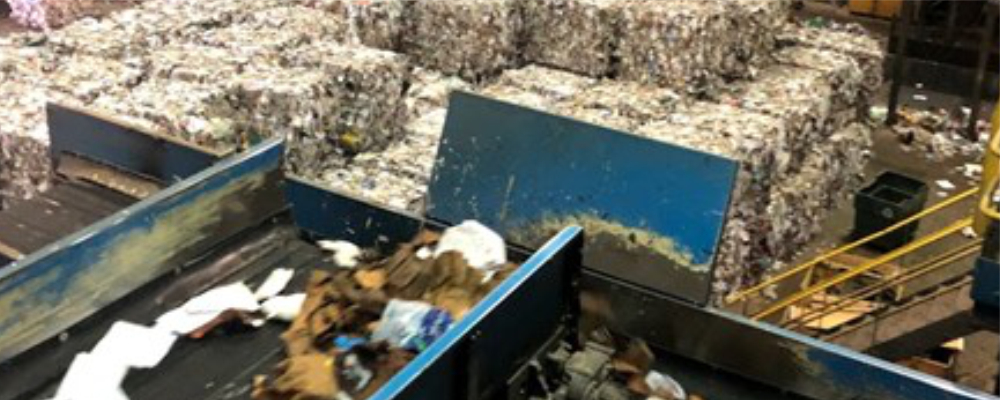
Baled paper waits to be loaded onto a truck that will deliver it to a mill to be made into new paper goods.